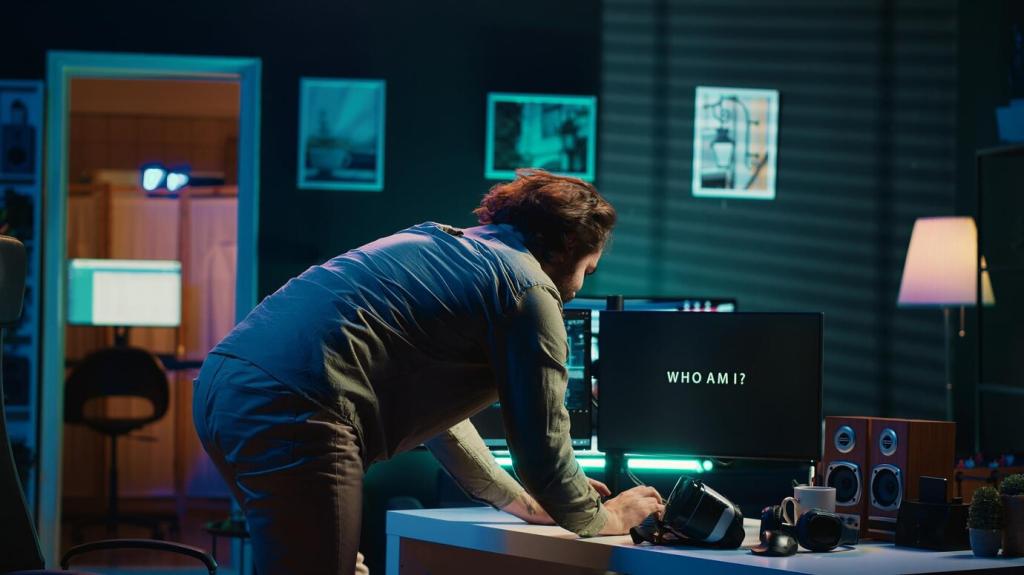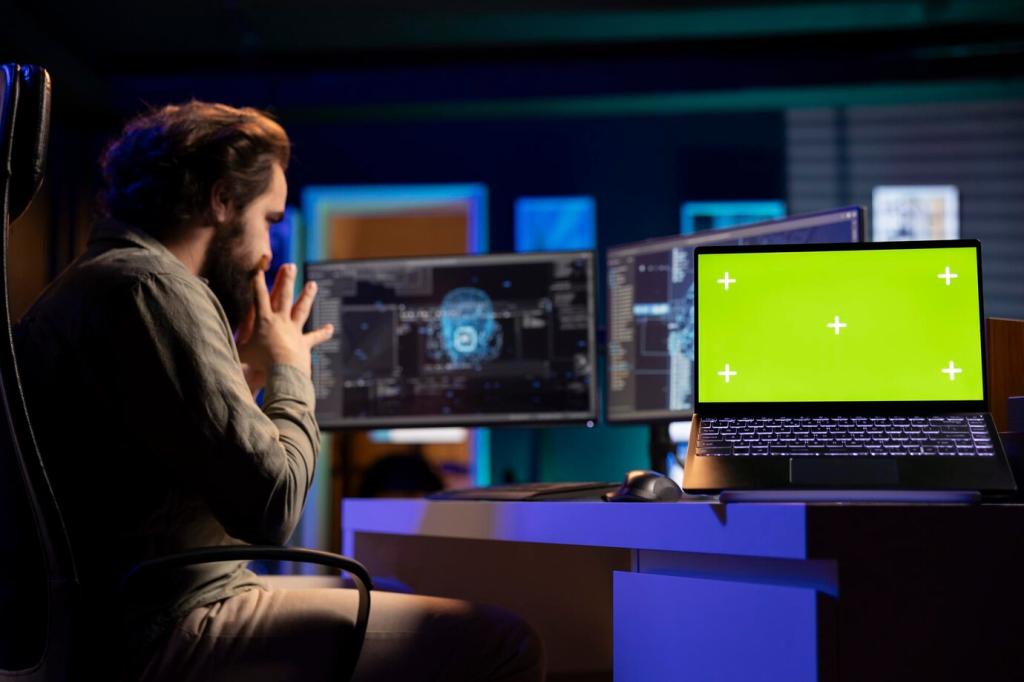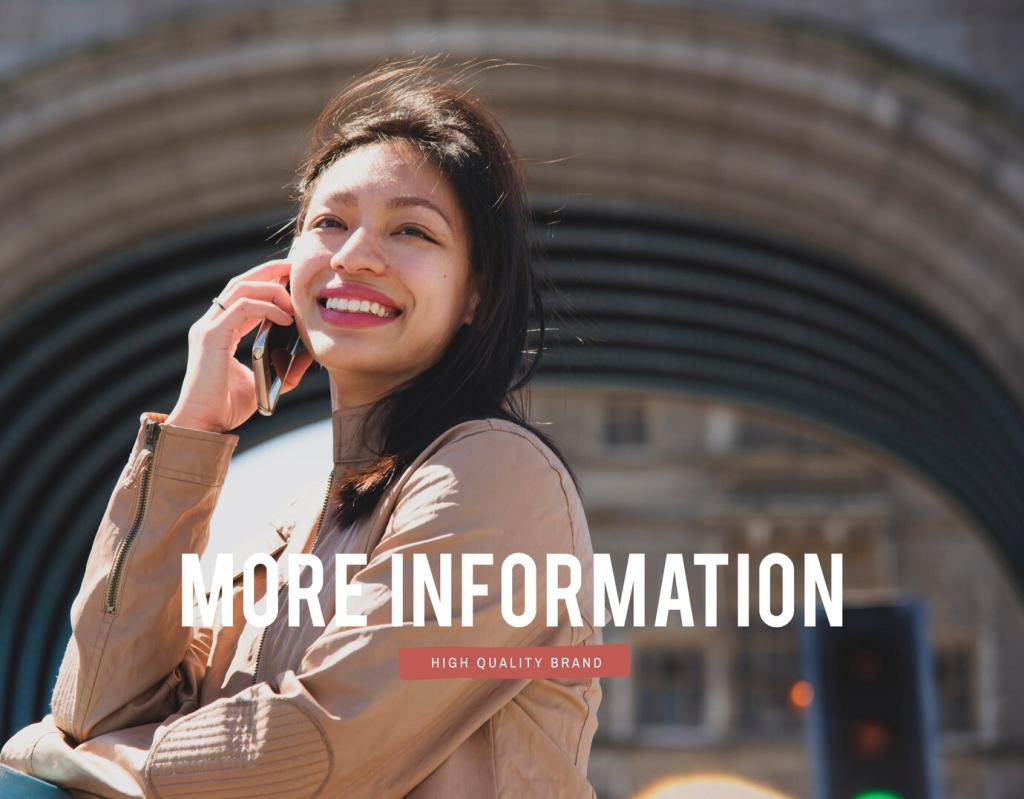Theme: Integration of Augmented Reality in Digital Platforms
Welcome! Today we explore the Integration of Augmented Reality in Digital Platforms—how AR moves from novelty to everyday utility across web, mobile, and enterprise. Dive in, share your experiences, and subscribe for practical playbooks, case studies, and hands-on tips that make AR genuinely useful.



Design Principles for Seamless AR UX

Use one-sentence guidance, animated hints, and visible progress to reduce confusion during scanning and placement. Celebrate successful detection with a subtle haptic pulse. Avoid jargon; say “Find a flat, well-lit surface” instead of “Initialize plane detection.” What’s your shortest useful instruction?
Engineering the AR Stack
Evaluate ARKit and ARCore for native power, WebXR for frictionless access, and Unity or Unreal for complex, cross-platform scenes. Consider Apple’s RealityKit for elegant rendering on iOS. Which platform best fits your audience’s devices and your team’s existing skills?
Engineering the AR Stack
Standardize on glTF/USDZ, generate physically based materials, and keep polygon counts reasonable. Use texture atlases and mesh LODs to balance fidelity and speed. Aim for under-two-second model load times on average phones. What’s your biggest bottleneck—materials, lighting, or file size?
Narrative beats mapped to movement
Design chapters that unlock with distance, angle, or elevation. A museum guide could reveal artist sketches only when you approach from the correct side. Movement becomes meaning. What environmental trigger could turn your content from static explanation into lived discovery?
Micro-interactions that feel alive
Subtle shadows, audio cues that respond to orientation, and believable occlusion make objects feel present. Add tiny delays to simulate weight when users rotate or drag. Share a short clip of your favorite micro-interaction and why it helps users trust the scene.
Local relevance and culture
Anchor stories to neighborhood landmarks, seasonal events, or brand rituals. A coffee app might reveal origin stories above cups at pickup counters. Respect cultural context and avoid stereotypes. What local detail could make your AR experience feel genuinely made for its place?
Explain why the camera is needed and how footage is processed. Prefer on-device analysis. Show a clear toggle for saving spatial maps and provide easy deletion. Link to a human-readable summary. How will you communicate this in fifteen plain words or fewer?

A 30-Day Plan to Launch Your First AR Feature
Choose a single user moment where AR replaces guesswork with certainty—sizing a product, previewing placement, or guiding a task. Draft success metrics, device targets, and constraints. What one sentence would convince stakeholders this is worth building now?
